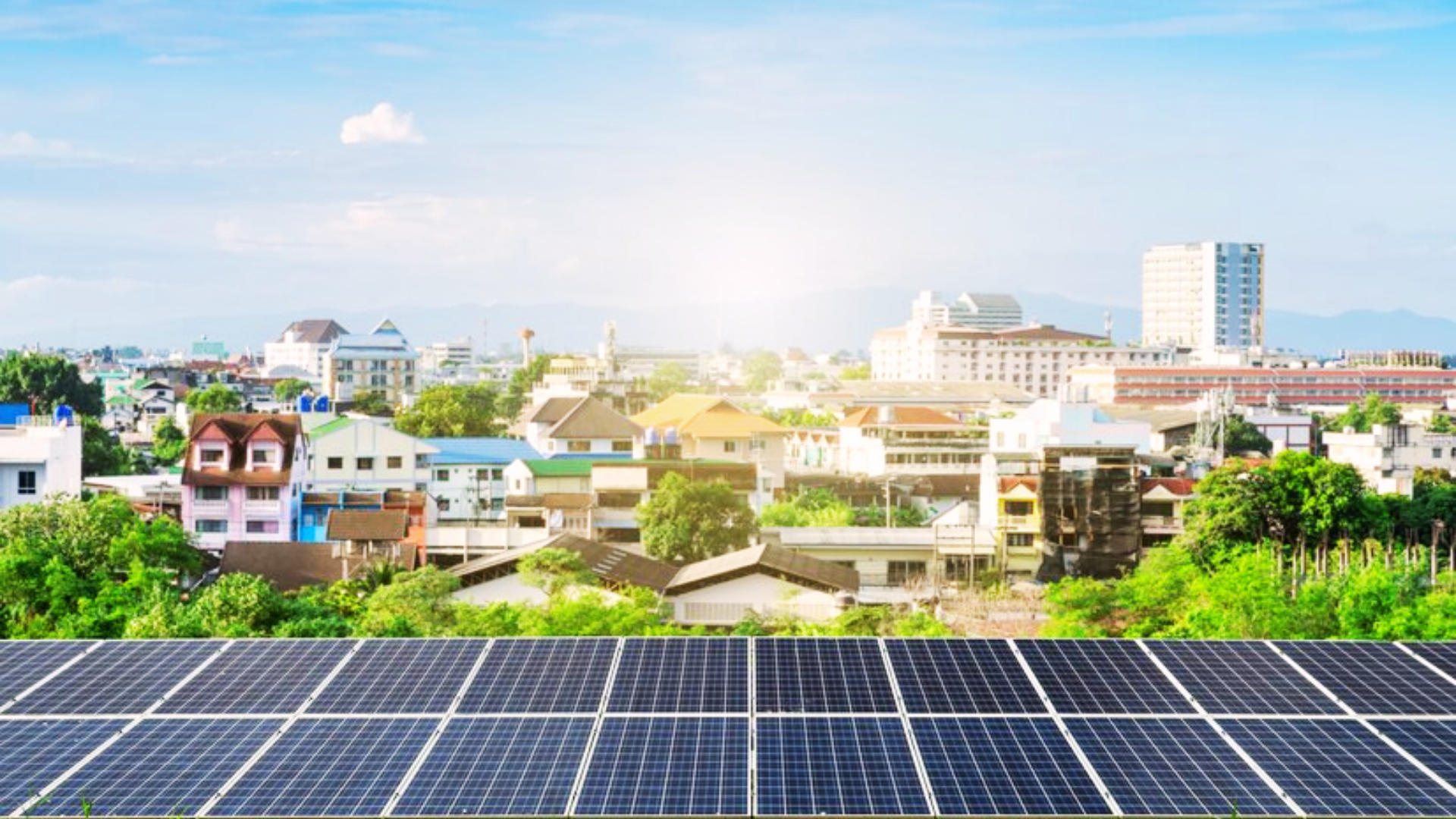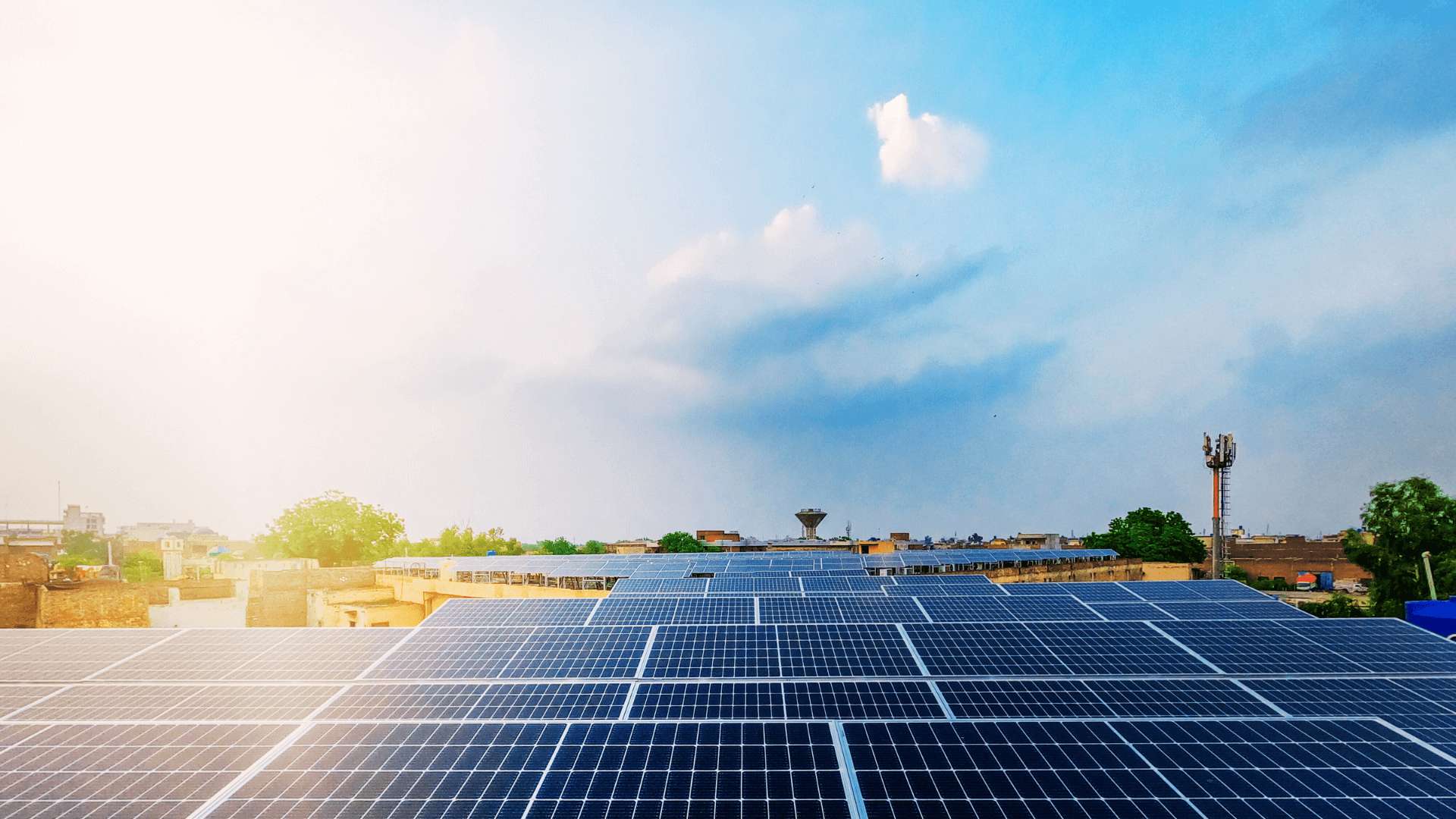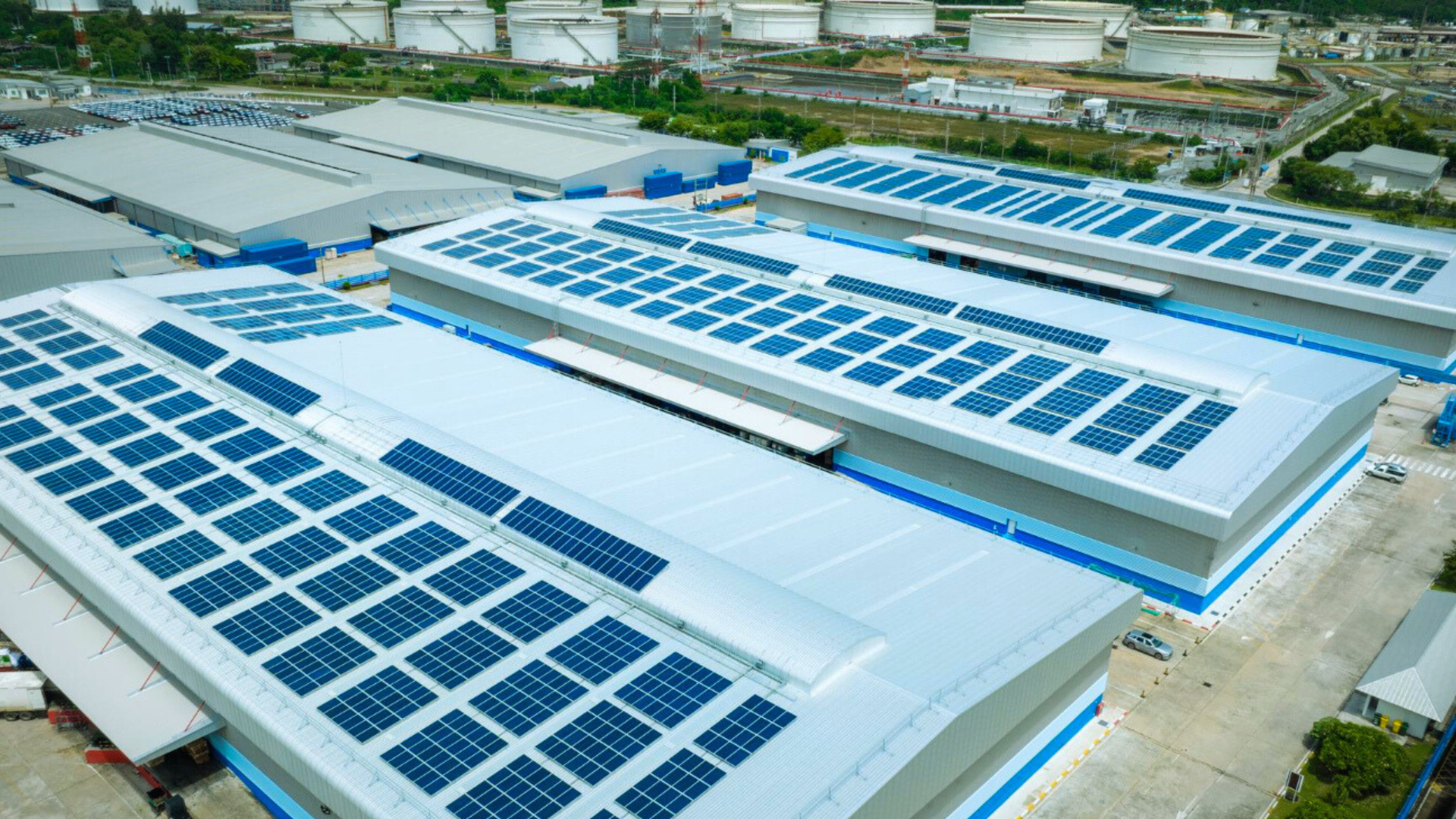Investing in a rooftop solar energy system is a powerful step towards both sustainability and long-term financial savings. Not only does renewable energy cut down on energy bills, but it also adds value to your property. However, one key question arises: How can you finance your rooftop solar project effectively? This guide explores financing options and considerations to help you make the smartest choice for your energy and financial needs.
Why is Solar Energy a Smart Financial Investment?
Using solar energy offers significant long-term cost savings by reducing dependency on traditional energy sources that have volatile pricing. Over time, a well-financed home solar power system can yield substantial returns as it leverages both cost savings and potential income opportunities, such as energy credits from net metering.
Additionally, with the Indian government pushing residential solar energy initiatives like the PM Surya Ghar Yojana, going solar is now more affordable and attainable. These initiatives make financing your solar setup easier, as they cover a range of options for diverse financial needs.
Understanding the Costs of a Solar Power System
Before deciding on financing, it’s essential to understand the full cost involved. Costs can vary based on the size of the system, location, and any specific energy requirements. Here are the major expenses:
· System Purchase Cost: The total cost of equipment, including solar panels, inverters, mounting hardware, and installation.
· Cost of Installation: Professional installation can be costly, depending on the system’s complexity and rooftop structure. The rooftop structure is a significant consideration since it might need some amendments to fit the solar panels for optimum energy generation.
· Maintenance: While rooftop solar energy systems generally require low maintenance, there may be periodic costs for cleaning and occasional repairs.
· Permits and Fees: Some local authorities might require permits, which can add small but important expenses to the overall cost.
These expenses can make financing an attractive option, especially for homeowners and businesses seeking to spread the investment cost over time.
Major Financing Options for Rooftop Solar Panels
Fortunately, there are multiple financing options available to reduce the cost of solar installations. Here’s an overview of the main types of financing solutions:
1. Personal Loans: Some individuals prefer borrowing personal loans, which can offer flexible terms but generally have higher interest rates than secured loans. While easy to obtain, personal loans may not qualify for specific solar incentives and subsidies.
2. Home Equity Loans: Homeowners can tap into their home equity to secure lower interest rates than personal loans. This option provides a larger borrowing limit but requires a strong credit history.
3. Solar-Specific Loans: Financial institutions like banks and Non-Banking Finance Companies (NBFCs) offer loans specifically for solar installations, often at more favourable rates due to government incentives. These loans are structured for solar projects, typically allowing low or zero down payments.
4. Leasing: Under leasing agreements, a third-party solar provider retains ownership of the system, and homeowners pay a fixed monthly fee. While cost-effective for short-term usage, this option may limit overall savings in the long run.
5. Solar Subsidies and Incentives: PM Surya Ghar Yojana offers significant subsidies for solar power plant installations, directly reducing the upfront cost. Be sure to research available programs in your area to maximise benefits. To understand the norms and policies in detail, read this Comprehensive Guide to Rooftop Solar Subsidy.
Return on Investment (ROI): Incentive for Solar Power
ROI is crucial when choosing a financing option. Start by assessing energy savings, tax credits, rebates, and other incentives over time. For example, net metering allows homeowners to earn credits for surplus energy produced, reducing the payback period significantly.
To calculate ROI, consider:
· Total Installation Cost: Minus any subsidies, rebates, or tax credits.
· Annual Energy Savings: Estimate annual savings based on reduced electricity costs.
· Payback Period: The time required to cover your initial investment from energy savings.
A shorter payback period typically means higher ROI, making the solar project financially attractive. For many, rooftop solar power plants can last over 20 years, leading to substantial long-term savings.
Key Factors to Consider When Choosing a Loan for Solar Power Plant
Selecting the best financing method depends on your financial position, goals, and system costs. Keep these factors in mind:
· Interest Rates: Compare loan interest rates for affordability. Lower interest rates often mean greater savings over time.
· Loan Term: Shorter terms may mean higher monthly payments but faster payback.
· Ownership and Incentives: Leasing or PPAs mean you don’t own the system, which can impact your eligibility for certain incentives.
· Future: Consider your homeownership plans. For instance, owning a solar system can add property value, but long-term lease obligations might complicate a home sale.
How to Choose the Best Solar Financing Option?
1. Financial Flexibility:
Consider your current finances — if you have home equity, a loan can offer low monthly payments. For minimal upfront costs, a lease might be ideal, even if it means lower long-term savings.
2. Balance Short-Term vs. Long-Term Costs:
Ownership typically provides higher savings over the system’s life, making it better for those with a long-term view. For short-term goals like reducing bills immediately, leases can be effective.
3. Check Incentive Eligibility:
Ownership options let you leverage subsidies. Leasing may not qualify you for these incentives, so if savings are the priority, consider buying.
4. Review Interest Rates and Terms:
Compare interest rates — secured loans like home equity typically have lower rates. Shorter terms mean higher monthly payments but less total interest; longer terms spread out costs.
5. Think About Future Plans:
Consider if you are going to stay in your home long-term. Ownership increases property value. If you plan to move soon, leasing can simplify future property sales.
6. Consider Maintenance Responsibility:
Owning a system involves minor maintenance costs, while leasing often comes with maintenance included. Choose based on your comfort level with upkeep.
Making an informed choice on financing can help new homeowners harness the long-term savings of clean energy without the initial financial strain. By exploring options that align with your financial goals, you can take the first step toward sustainable energy and financial freedom.
FAQs
- What are the different ways to finance a rooftop solar energy system?
Personal loans, home equity loans, rooftop solar loans, and leasing are common options. Solar subsidies and incentives also reduce the upfront cost.
2. How can I use a home equity loan to finance my rooftop solar system?
A home equity loan leverages your property’s equity, offering lower interest rates. However, it requires good credit and ownership of the home.
3. How much money can I save by installing solar panels on my roof?
Savings depend on your location, energy needs, and installation cost. Many users see a return within five to seven years, enjoying free energy for decades.




